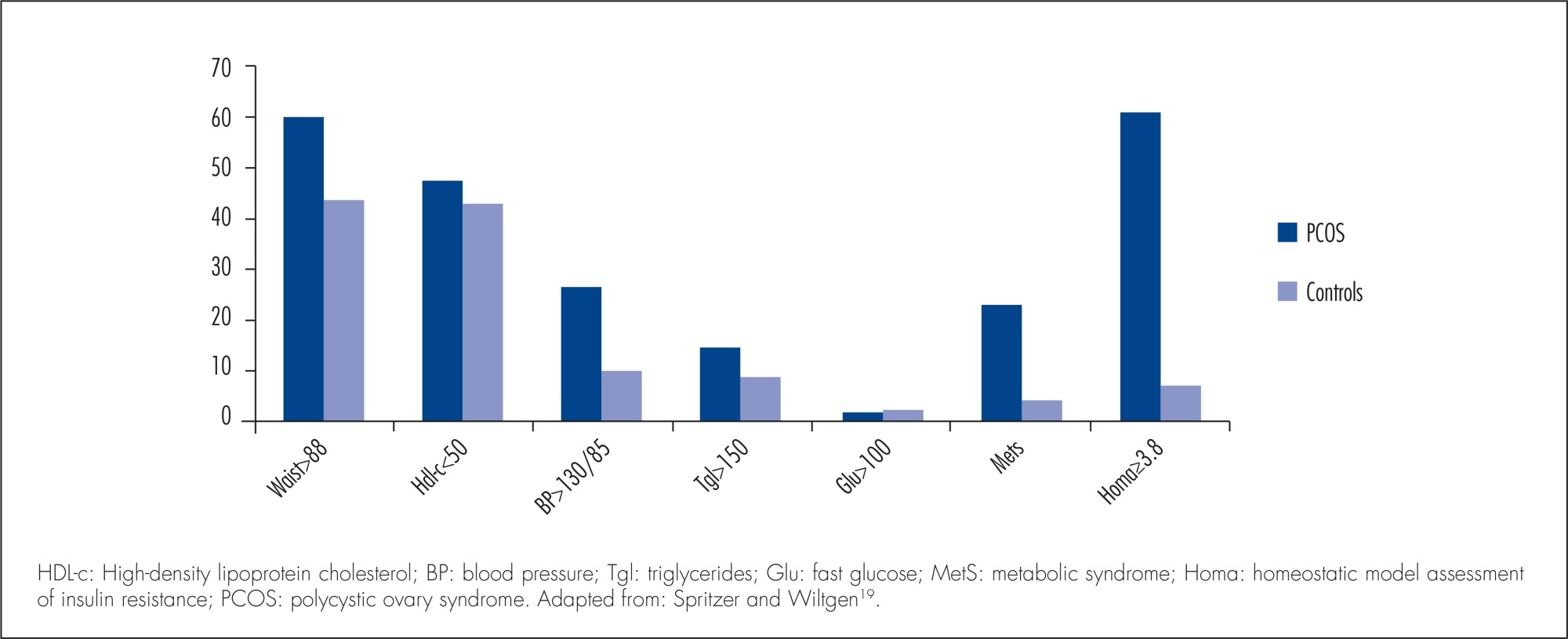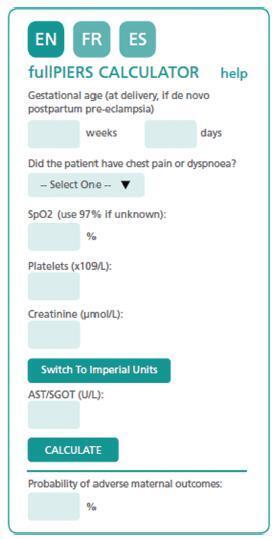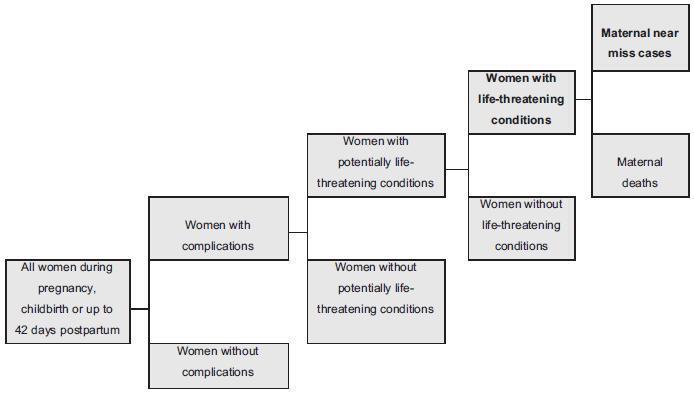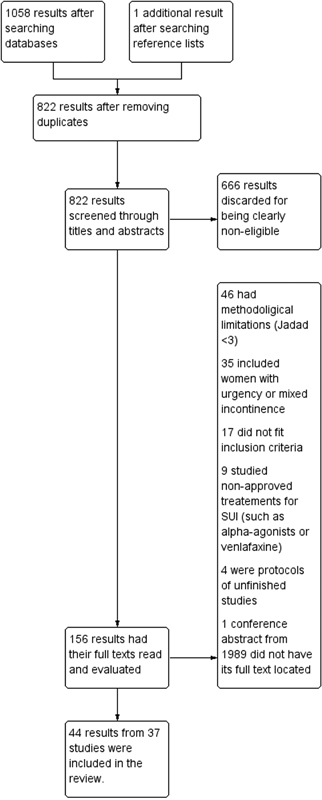-
Original Article04-12-1998
Post-tubal sterilization syndrome: evaluation of the psychological and clinical disturbances in tubal ligation syndrome
Revista Brasileira de Ginecologia e Obstetrícia. 1998;20(4):199-205
Abstract
Original ArticlePost-tubal sterilization syndrome: evaluation of the psychological and clinical disturbances in tubal ligation syndrome
Revista Brasileira de Ginecologia e Obstetrícia. 1998;20(4):199-205
DOI 10.1590/S0100-72031998000400005
Views111The purpose of the present study was to investigate the menstrual disturbances and the psychological effects of post-tubal sterilization – the so-called post-tubal sterilization syndrome. Does it exist? The authors followed-up prospectively 300 women from the Gynecological Endoscopy and Family Planning Section, Department of Obstetrics and Gynecology, Botucatu Medical School, Universidade Estadual Paulista (UNESP) during one, three and five years after tubal sterilization surgery. Different parameters such as menstrual cycle length, duration of menstrual flow, dysmenorrhea, pelvic pain, regret rates etc, after tubal ligation, were analyzed. Each woman served as her own control. In conclusion, our findings suggest that most women reported no menstrual changes subsequent to sterilization. These findings do not deny or diminish the importance or benefits of tubal sterilization, but serve as a focus for further investigation.
Key-words Family planningMenstrual disturbancesPost-tubal sterilization syndromeTubal ligation syndromeSee more -
Original Article04-12-1998
Diabetes and pregnancy: clinical and perinatal features
Revista Brasileira de Ginecologia e Obstetrícia. 1998;20(4):193-198
Abstract
Original ArticleDiabetes and pregnancy: clinical and perinatal features
Revista Brasileira de Ginecologia e Obstetrícia. 1998;20(4):193-198
DOI 10.1590/S0100-72031998000400004
Views91See moreThe patients who do not adjust to the metabolic changes of pregnancy and those with previous alterations in carbohydrate metabolism show a significant increase in perinatal morbidity and mortality. In order to contribute to a better prenatal management of diabetic patients, the authors reviewed 60 cases of diabetes during pregnancy, assisted at the Department of Obstetrics and Gynecology, Faculty of Medicine of Ribeirão Preto, University of São Paulo. The sample was divided into two groups: one with prenatal care according to the Department protocol, and referred to this center for pregnancy resolution, and the other without appropriate prenatal care. In the group with prenatal care according to the Department protocol the complications observed were related to prematurity. The group without appropriate care showed 3 cases of congenital malformations, 3 cases of prematurity, 1 case of severe neonatal hypoglycemia, 1 case of macrossomia, 1 case of intrauterine growth retardation and 1 neonatal death. Comparing the groups, it became clear that the appropriate prenatal care is essential for the diabetic pregnant patient, but also that a reference center, such as this Obstetrical and Gynecological Department, must be fully integrated with the regional health centers, in order to offer assistance before and during gestation to the diabetic patients.
-
Original Article04-12-1998
Acute appendicitis in the gravidic-puerperal cycle: a study of 13 cases
Revista Brasileira de Ginecologia e Obstetrícia. 1998;20(4):187-192
Abstract
Original ArticleAcute appendicitis in the gravidic-puerperal cycle: a study of 13 cases
Revista Brasileira de Ginecologia e Obstetrícia. 1998;20(4):187-192
DOI 10.1590/S0100-72031998000400003
Views108See moreThe present study describes 13 cases of appendicitis in the gravidic-puerperal cycle, at the Maternidade Escola Januário Cicco, from Jan/89 to Dec/96. The cases were assisted by a team of obstetricians and surgeons. Eleven patients were pregnant (4 in the 1st trimester, 6 in the 2nd and 1 in the 3rd) and 2 were in the puerperal period. The incidence was 1/3.422; the age ranged from 18 to 30 years and the majority was nulliparous. The most frequent symptom was abdominal pain (intense or moderate). The appendix was perforated in 6 cases, 2 of them with abdominal wall abscess and 1 patient had an abortion. Pregnancy presented no complications in 9 cases, and delivery occurred at term. The authors observed that appendix perforations occurred more frequently in cases whose symptoms had begun earlier. The authors found that the earlier the diagnosis, the better the prognosis.
-
Original Article04-12-1998
Social, demographic and medical care factors associated with maternal death
Revista Brasileira de Ginecologia e Obstetrícia. 1998;20(4):181-185
Abstract
Original ArticleSocial, demographic and medical care factors associated with maternal death
Revista Brasileira de Ginecologia e Obstetrícia. 1998;20(4):181-185
DOI 10.1590/S0100-72031998000400002
Views82See moreWith the purpose of identifying the social, demographic, pregnancy-related and medical care factors associated with maternal death, this study evaluated all deaths of women aged 10 to 49 years occurring in Recife, Pernambuco, Brazil, during 1992 and 1993. The data were obtained reviewing 1,013 death certificates, with 42 cases of identified maternal deaths. The data of these deaths were complemented with information from medical records, autopsies and also interviews with physicians from the hospitals where the death took place, and with the dead women’s relatives. Almost two thirds (62%) of maternal deaths occurred among women aged 20 to 29 years and more than half of them were single. There was a higher number of deaths among caesarean deliveries than among vaginal ones. The majority of deaths occurred within the first three days of hospitalization and approximately 90% of hospital charges were sponsored by the National Health System (SUS).
-
04-12-1998
As Comissões Nacionais Especializadas
Revista Brasileira de Ginecologia e Obstetrícia. 1998;20(4):179-179
-
04-11-1998
Influência da tibolona e do exercício físico aeróbio sobre a antropometria e o perfil lipídico na menopausa
Revista Brasileira de Ginecologia e Obstetrícia. 1998;20(6):362-362
Abstract
Influência da tibolona e do exercício físico aeróbio sobre a antropometria e o perfil lipídico na menopausa
Revista Brasileira de Ginecologia e Obstetrícia. 1998;20(6):362-362
DOI 10.1590/S0100-72031998000600012
Views95Influência da Tibolona e do Exercício Físico Aeróbio sobre a Antropometria e o Perfil Lipídico na Menopausa[…]See more -
04-11-1998
Quimioterapia primáriaem câncer de mama localmente avançado: estudo comparativo entre dois esquemas terapêuticos com intensificação de doses
Revista Brasileira de Ginecologia e Obstetrícia. 1998;20(6):361-362
Abstract
Quimioterapia primáriaem câncer de mama localmente avançado: estudo comparativo entre dois esquemas terapêuticos com intensificação de doses
Revista Brasileira de Ginecologia e Obstetrícia. 1998;20(6):361-362
DOI 10.1590/S0100-72031998000600011
Views62Quimioterapia Primáriaem Câncer de Mama Localmente Avançado. Estudo Comparativo entre Dois Esquemas Terapêuticos com Intensificação de Doses […]See more -
04-11-1998
Correlação entre as concentrações plasmáticas e foliculares de IGF-I
Revista Brasileira de Ginecologia e Obstetrícia. 1998;20(6):361-361
Search
Search in:
Tag Cloud
Pregnancy (252)Breast neoplasms (104)Pregnancy complications (104)Risk factors (103)Menopause (88)Ultrasonography (83)Cesarean section (78)Prenatal care (71)Endometriosis (70)Obesity (61)Infertility (57)Quality of life (55)prenatal diagnosis (51)Women's health (48)Maternal mortality (46)Postpartum period (46)Pregnant women (45)Breast (44)Prevalence (43)Uterine cervical neoplasms (43)






